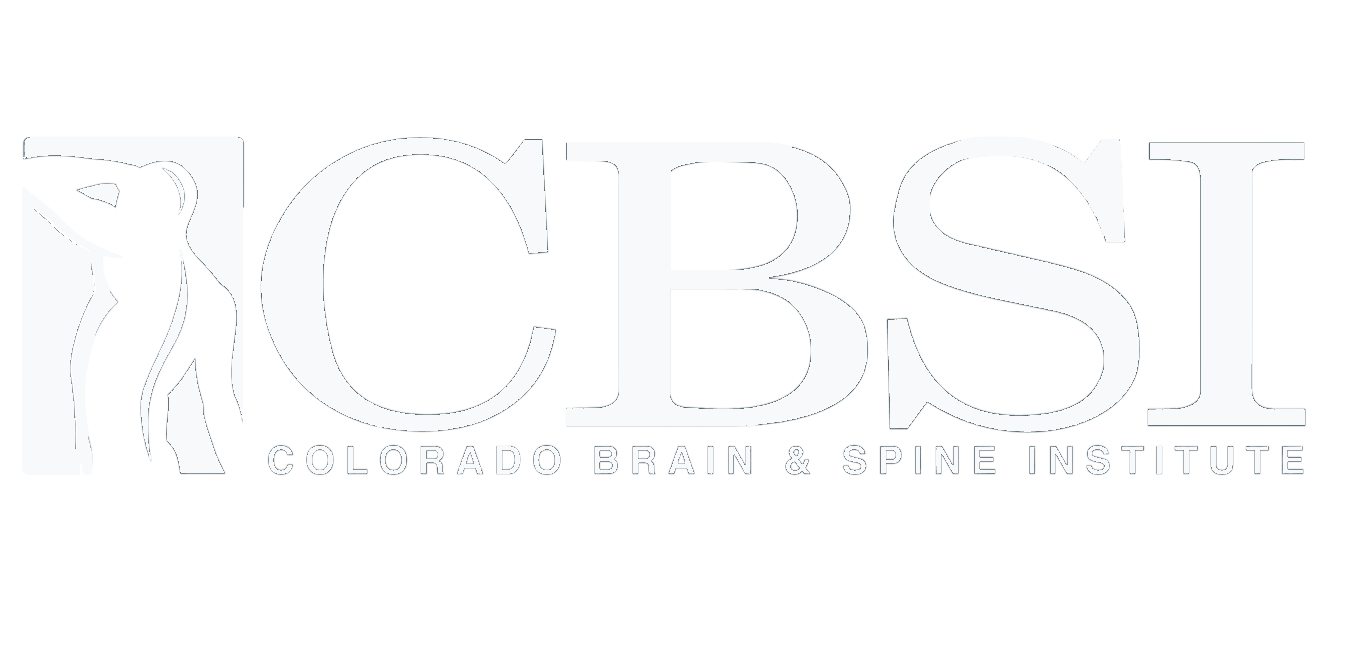
Peripheral Nerve Conditions Treated by CBSI Neurosurgeons
Nerve Tumors
Overview
Peripheral nerve tumors are growths or masses that occur on or near the nerves that connect the brain and spinal cord to other parts of the body. Peripheral nerve tumors can occur in any part of the body, and can affect the function of the peripheral nerves.
There are two types of peripheral nerve tumors:
Benign: These tumors are non-cancerous. The cause is usually unknown, but can be hereditary. Although these are non-cancerous, these tumors can still cause nerve damage and loss of muscle control, so surgical intervention may be required to remove the tumor. Symptoms include: pain, unusual lump, numbness, and tingling.
Malignant: These types of tumors are less common, but are considered cancerous, meaning they are easily spreadable if they go untreated. Malignant peripheral sheath tumors, or neurofibrosarcomas, occur in the protective lining of the peripheral nerves. They can occur anywhere in the body, but mostly occur in the deep tissues of the arms, legs, and trunk of the body. Symptoms of malignant sheath tumors include: lumps, pain, and weakness in the affected area.
Treatments
Treatment for these tumors include surgical intervention to remove the tumor. Radiation or chemotherapy may also be recommended for treatment of these tumors. A consultation with a neurosurgeon is recommended to discuss the right treatment plan for you.
Nerve Injuries
Overview
Peripheral nerves are fragile, and can be damaged very easily. There are many ways to damage these nerves. Most commonly, peripheral nerve can be damaged due to:
Symptoms
-Over exercise, or strenuous activity
-Physical trauma including: Sports related injury or motor vehicle accidents
-Repetitive strenuous use and motion required by specific job duties
Nerve injuries can interfere with the brain’s ability to communicate with muscles and organs, causing muscle weakness, and numbness and tingling of the arms and legs.
Treatments
Tests such as and EMG/NCS can be obtained to determine nerve damage and function. After the problem has been identified, a treatment plan can be formulated. In many cases, conservative treatment such as physical therapy can be done to help strengthen the muscles. In more severe cases, surgical intervention may be required. Peripheral nerve injuries should be addressed as soon as possible to repair damaged tissue in order to prevent further complications and permanent damage. Consult with your neurosurgeon if you believe you may have a peripheral nerve injury.
Movement Disorders
Overview
Movement disorders are neurological conditions that cause impaired movement including the speed, fluency, quality, and ease of movement. Nerve diseases like Parkinson’s disease may cause movement disorders. Other causes include injuries or autoimmune diseases.
Symptoms:
Abnormal fluency and speed of voluntary movement (dyskinesia).
Excessive or involuntary movement (hyperkinesia)
Slowed or absent voluntary movement (hypokinesia).
Treatments:
Treatments may include medications, botulinum toxin injection therapy (BOTOX therapy), or surgery. Surgeries include Deep Brain Stimulation (DBS), where a neurostimulator is used to deliver electrical stimulation to areas of the brain that control movement, and ablative surgery, where clear, defined areas of the brain causing abnormal movement are targeted and destroyed.
